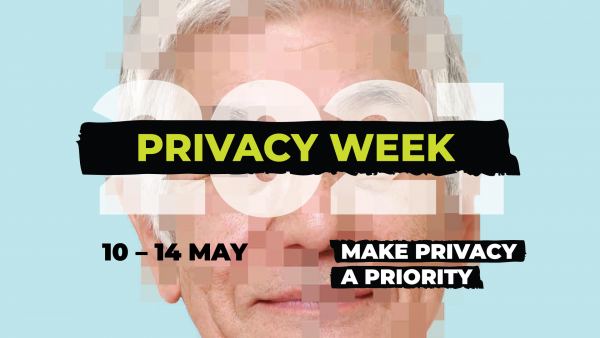Privacy Week - Phishing emails, texts and phone calls

One of the biggest threats to Fire and Emergency’s ICT systems are phishing emails. These emails trick you into giving out your personal information or log in details. Clicking on links or attachments can install malicious software onto our network.
Many of us also experience phone calls from unknown callers based in foreign countries we have no relationship with, or text messages asking for personal details to be updated. As a rule, its best to be wary of emails, calls or texts telling you that you’ve won a competition, asking you to click on a link, or requesting bank details or passwords. If an offer sounds too good to be true, it’s probably a scam.
Your personal details such as your address, telephone number, date of birth, medical records, and bank account details can help malicious parties access systems. Your privacy is breached, for example, if an organisation reveals your details to someone else or someone can access your details without your consent.
While many phishing emails and scam phone calls are easy to identify as fake, others are becoming increasingly sophisticated and may look a lot like well-known brands or organisations that you interact with regularly.
Thankfully, Fire and Emergency’s systems are relatively robust and secure, yet there are actions you can take to help keep information private.
Our ICT team have developed materials that provide guidance on how to manage unsolicited request for personal information, which you can access here
We also recommend taking 10 minutes to complete the Information Security Awareness(external link) module on the Learning Station. You will need to log into the Portal to access this.
You can download Privacy Week posters and other resources for your station via the Office of the Privacy Commissioner website(external link)
